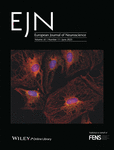Journal list menu
Export Citations
Download PDFs
ISSUE INFORMATION
REVIEW ARTICLE
The Role of Kinases in Neurodegenerative Diseases: From Pathogenesis to Treatment
- First Published: 04 June 2025
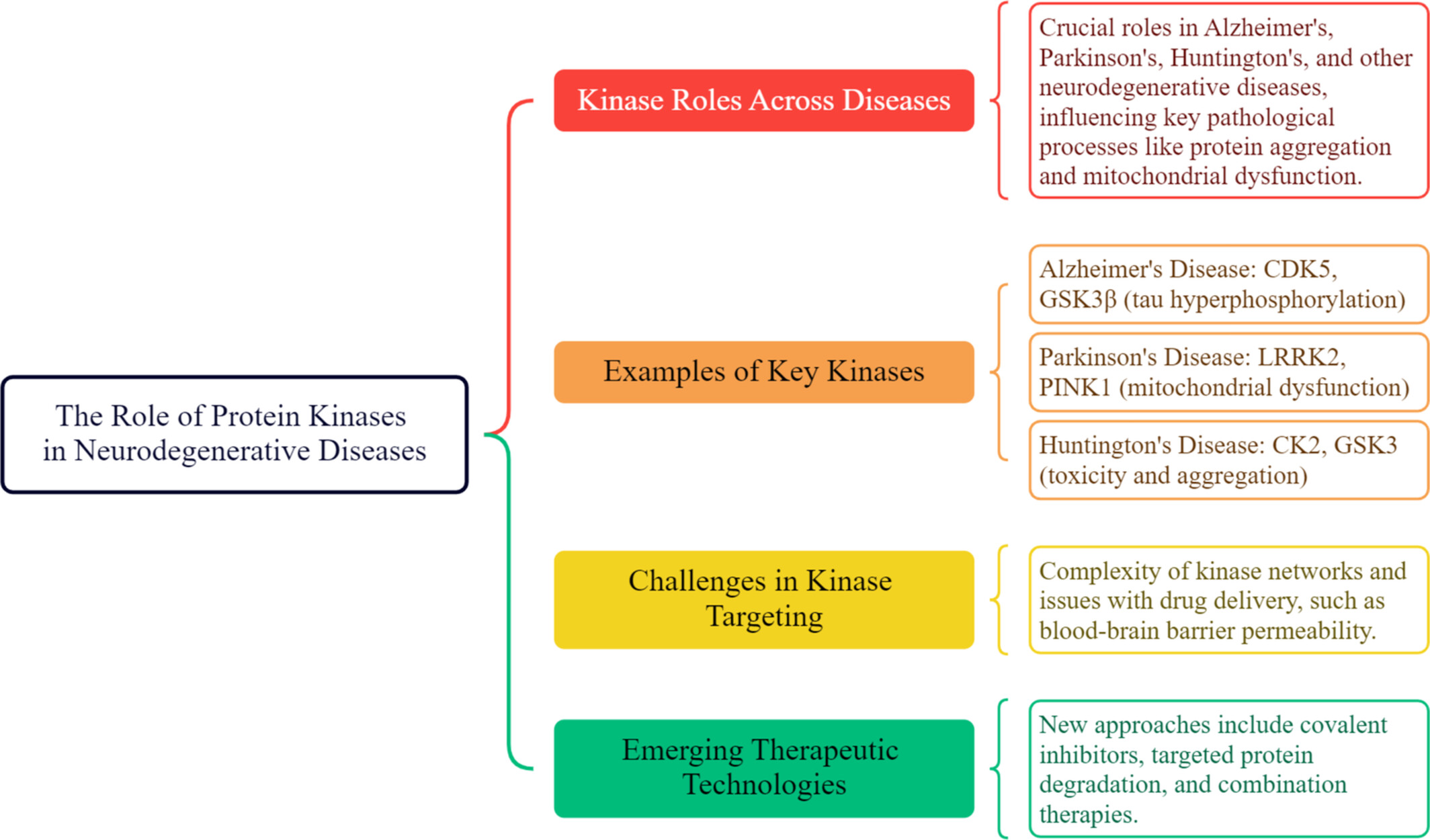
This graphical abstract highlights the central role of protein kinases in neurodegenerative diseases such as Alzheimer's, Parkinson's and Huntington's. Key kinases like CDK5, GSK3β, LRRK2 and PINK1 contribute to tau pathology, mitochondrial dysfunction and protein aggregation. We discuss challenges in kinase targeting, including BBB penetration, and present emerging therapeutic strategies like PROTACs, covalent inhibitors and combination therapies.
RESEARCH REPORT
Perceptual and Motor Processes in Motor Imagery
- First Published: 04 June 2025
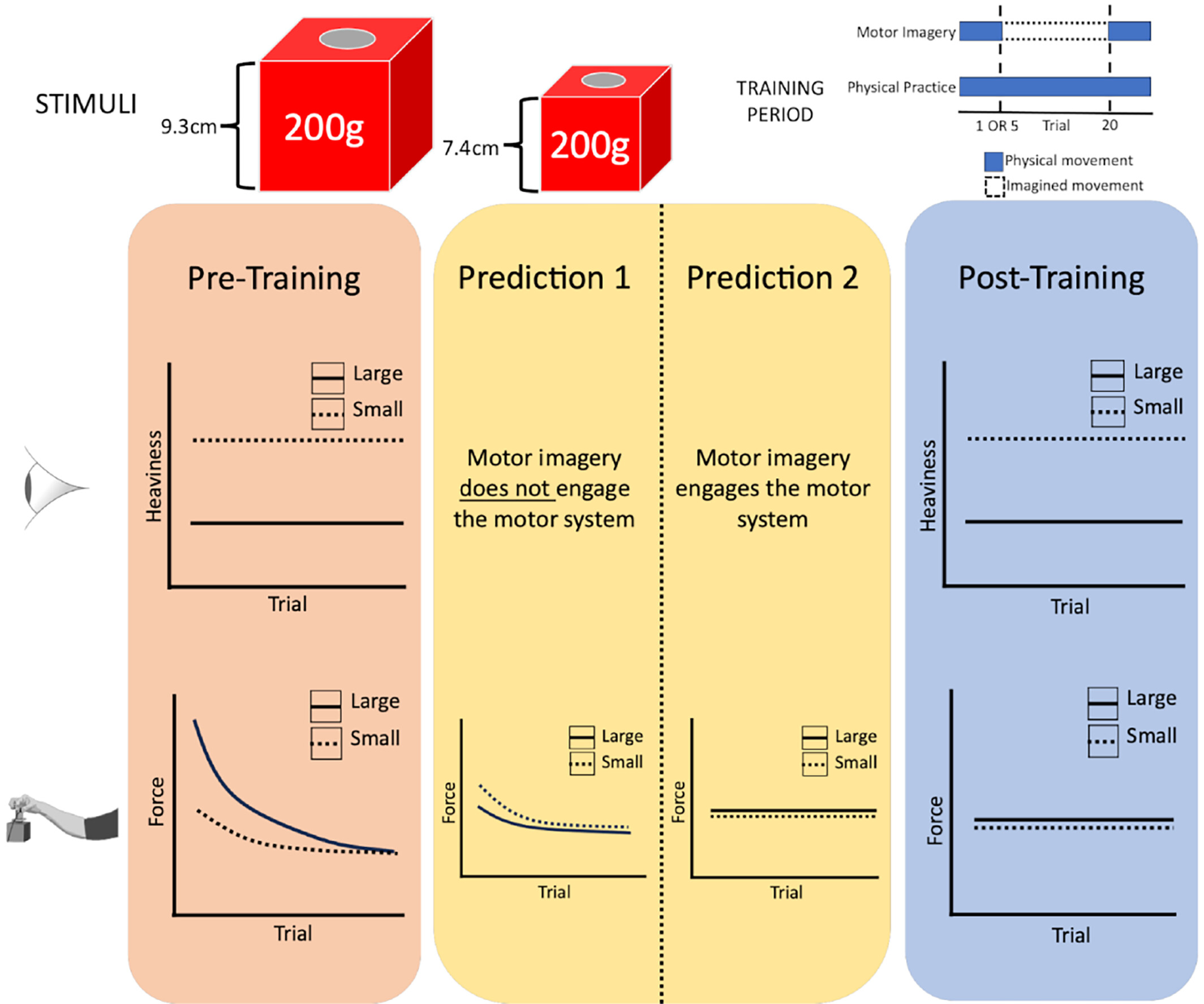
Whether perceptual or motor components of movement are rehearsed and encoded when a movement is performed via motor imagery is unclear. Using a task where the perceptual and motor components do not align, here we show that accurate representations of both are maintained, suggesting that motor imagery supports rehearsal of both perceptual and motor components of movement.
EDITORIAL
RESEARCH REPORT
Brain Activation and Functional Connectivity During Performance of Lumbopelvic Motor Tasks in Individuals With and Without Low Back Pain: A Functional Magnetic Resonance Imaging Study
- First Published: 05 June 2025
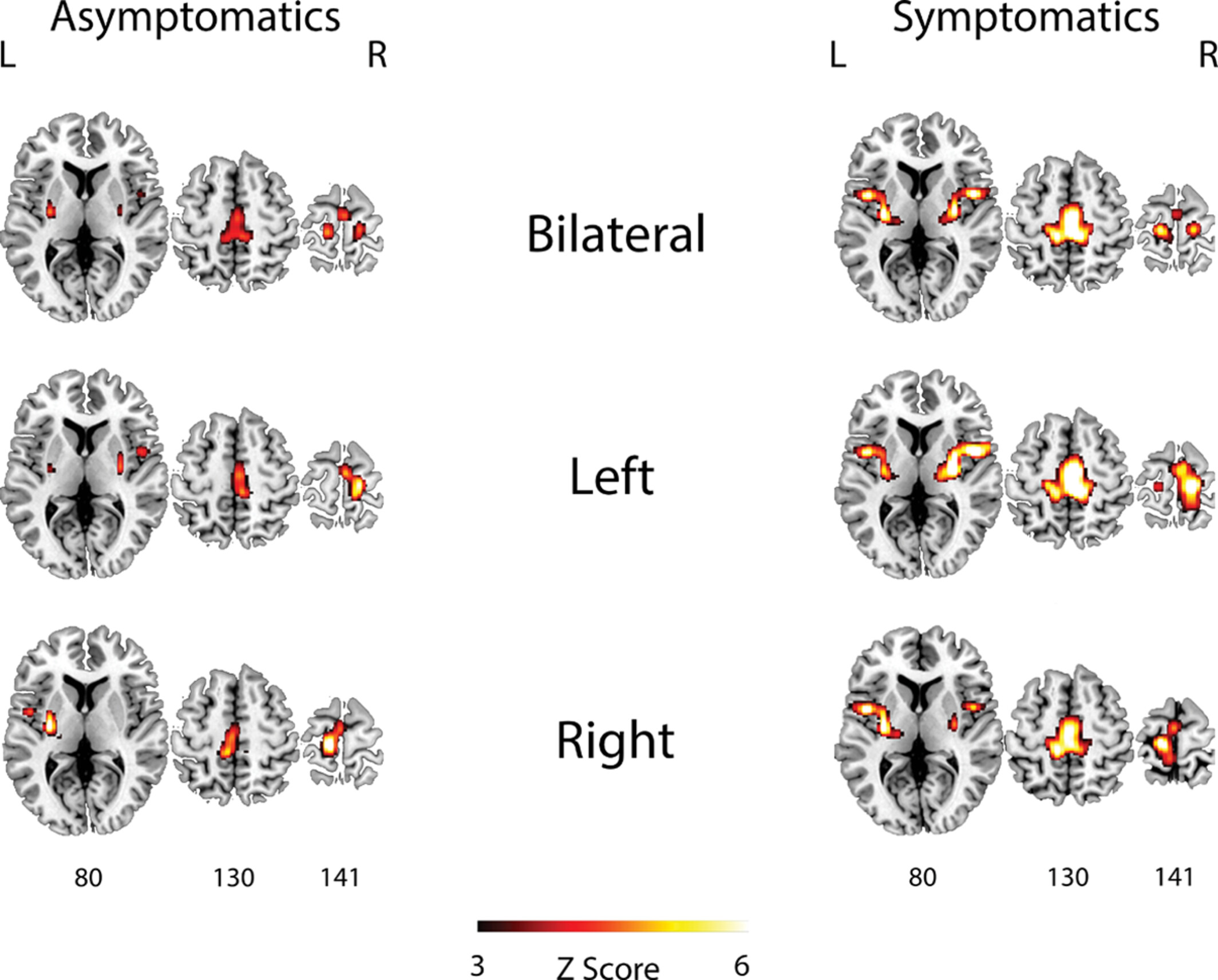
This comparative observational study investigated differences in brain activation and connectivity during lumbopelvic exercises in individuals with (n = 23) and without (n = 19) chronic low back pain. Our study found that in individuals with chronic low back pain, there was a broad network of activation, poor laterality, and a tendency for stronger connectivity.
The Role of Structural Brain Networks in Psychopathy and Its Relation to Externalizing Behaviors
- First Published: 07 June 2025
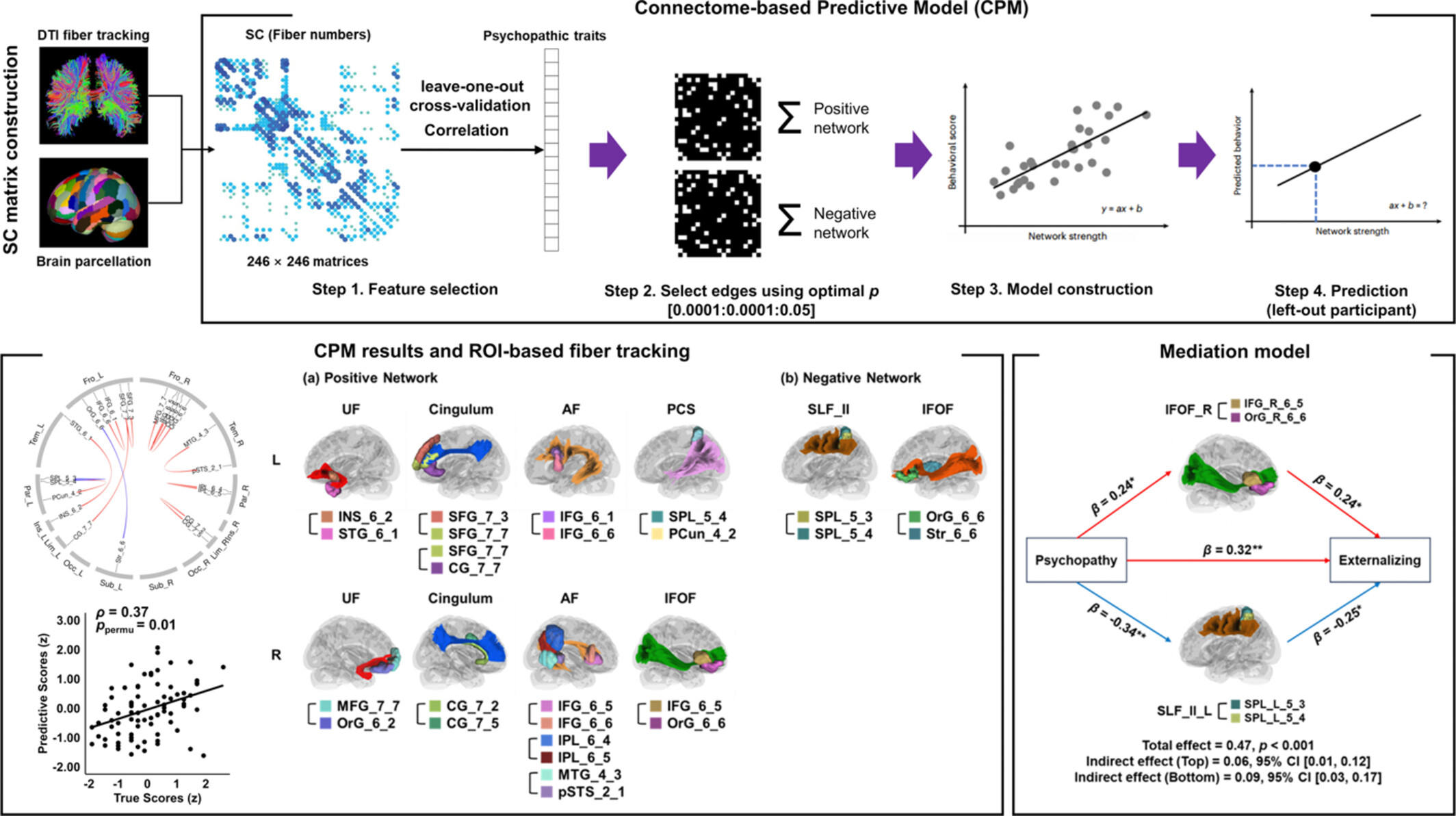
We investigated the structural connectivity associated with psychopathy and its relation to externalizing behaviors in 82 young adults using connectome-based prediction model with leave-one-out cross-validation. The positive network involved regions related to social-affective processing, language, and reward systems, while the negative network was associated with regions involved in attention modulation. Furthermore, mediation analyses revealed two potential neural pathways from psychopathic traits to externalizing behaviors via emotional processing and attention modulation networks.
Sex-Specific Adaptations to VTA Circuits Following Subchronic Stress
- First Published: 08 June 2025

Subchronic variable stress, a paradigm shown to have divergent behavioral effects in males and females, induces shared and distinct physiological adaptations in the VTA. While both males and females show increased GABAergic tone onto VTA dopamine neurons following stress, only males show an elevation of excitatory tone. This leads to a decrease in dopaminergic firing in female mice, while males are able to maintain control levels of dopaminergic firing.
Repetitive Magnetic Stimuli Over the Motor Cortex Impair Consolidation of a Balance Task by Suppressing Up-Regulation of Intracortical Inhibition
- First Published: 11 June 2025
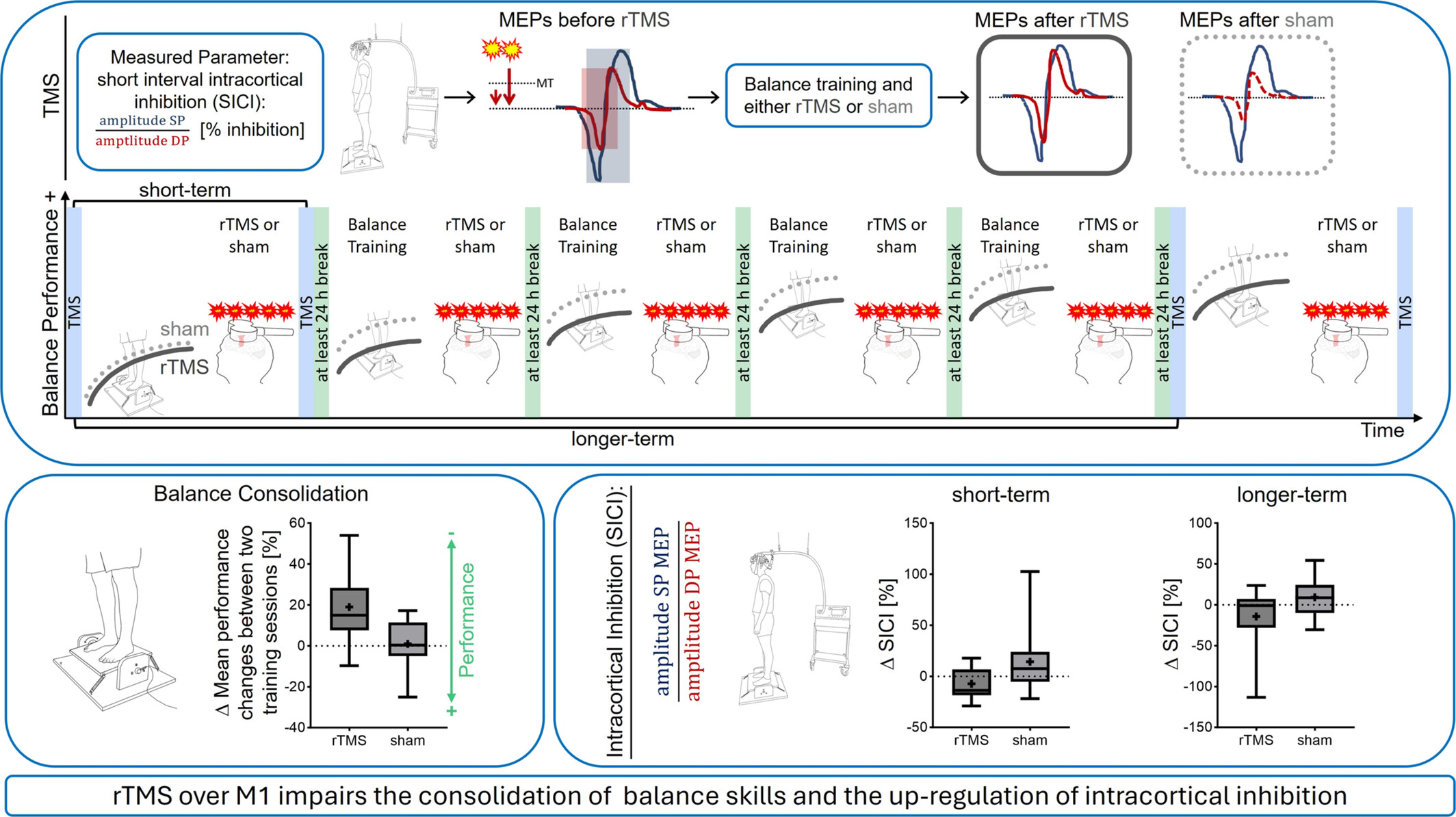
The current study indicates that low-frequency repetitive transcranial magnetic stimulation (rTMS) applied to the primary motor cortex disrupts both the consolidation of balance skills and the up-regulation of GABA-mediated short-interval intracortical inhibition (SICI). Consequently, it is suggested that modulating GABAergic mechanisms, particularly intracortical inhibition, should be considered a crucial factor in protecting and consolidating newly learned motor memories.
EDITORIAL
Equitable Research Funding: Strategies, Challenges and the Role of Funding Agencies
- First Published: 11 June 2025
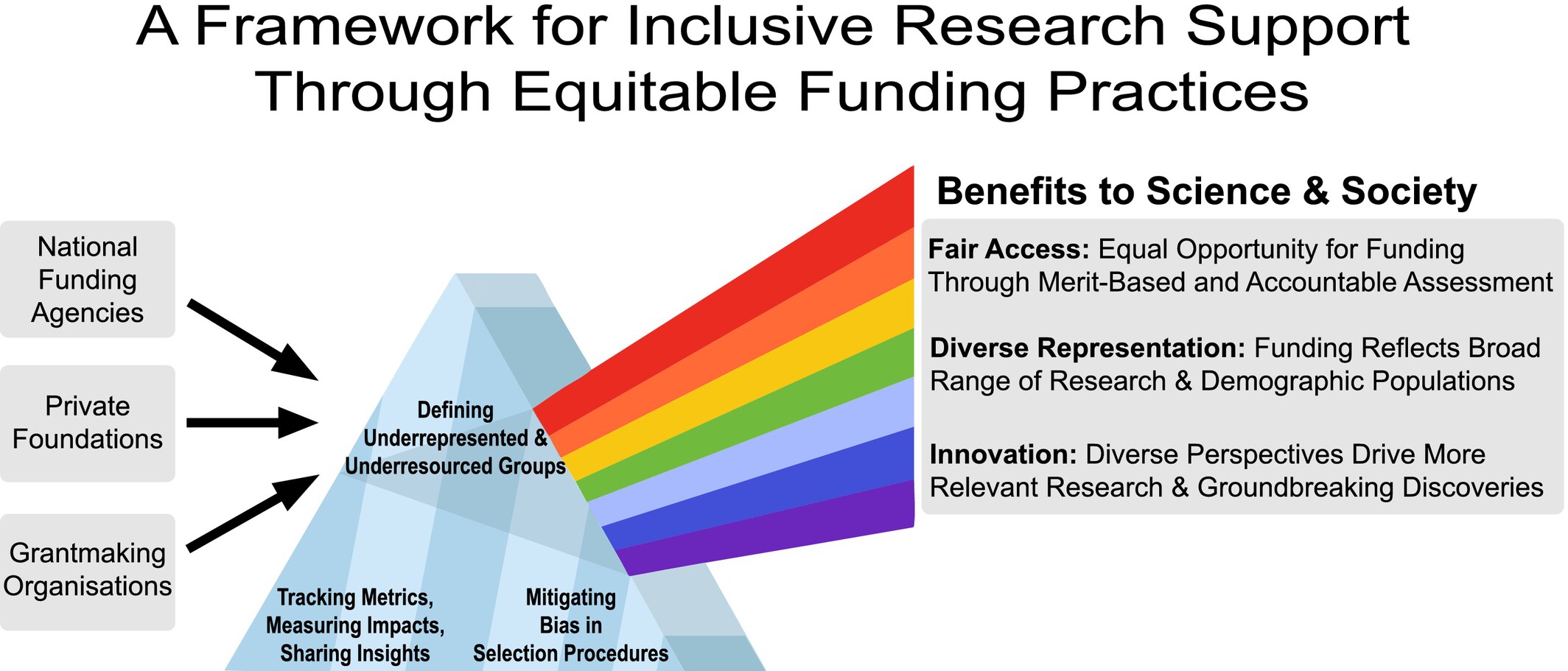
Equitable research funding is key to scientific progress, yet underrepresented groups still face systemic barriers. Drawing on insights from major funders, this paper outlines how equity, diversity and inclusion (EDI) are defined, measured and implemented—and where gaps remain. In times of political pushback, sustained, evidence-based action is critical to protect fairness, transparency and diversity in science.




